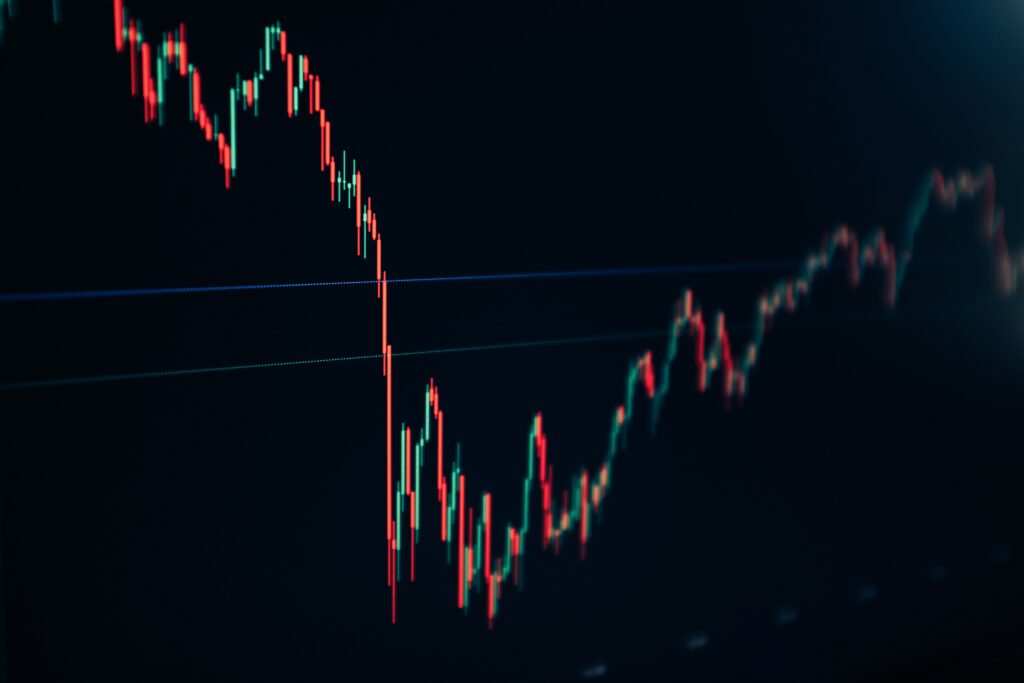Why Market Prediction Still Matters
Markets move fast—especially in today’s world of 24/7 data, viral news cycles, and algorithm-driven trades. Waiting for confirmation often means reacting too late. Being able to anticipate change—whether it’s a shift in sector momentum, an incoming Fed decision, or a sudden jolt in crypto sentiment—can offer the edge between riding the wave and getting swallowed by it.
Still, there’s plenty of noise around what market prediction actually is. Myth #1: it’s about calling tops and bottoms. It’s not. Myth #2: it’s a magic formula anyone can master with the right course. Not true. These mindsets trap people into rigid thinking or reckless strategies. They chase signals like gamblers looking for luck, not logic.
The real game is smart forecasting—thinking in probabilities, not certainties. It’s gathering the right inputs, forming flexible hypotheses, and adjusting as real data unfolds. Unlike gambling, which is driven by emotion and arbitrary risk, forecasting is grounded in process, discipline, and strategy. You’re not trying to be a psychic. You’re trying to be prepared.
Fundamental Analysis
If technical analysis tells you where the market might go, fundamental analysis tells you why it might go there. At its core, this method focuses on real-world inputs—macroeconomic data, company earnings, industry health, and market news—that shape long-term trends.
Start at the top. Look at GDP growth, inflation rates, central bank policy, and geopolitical events. These are the big levers. Then move down into sector dynamics and, finally, individual companies or assets. That’s top-down analysis—and it’s what seasoned analysts do. You don’t just chase a headline or quarterly report. You ask where the macro pressure points are and follow them down to tactical decisions.
Key numbers to keep on your radar: earnings per share (EPS), debt-to-equity ratio, return on equity (ROE), and cash flow. For economies: unemployment rate, consumer confidence index, interest rate projections. These aren’t just numbers. They’re signals of strength or warning signs.
Bottom line: guessing based on vibes doesn’t scale. A data-backed, structured approach grounds you. The pros aren’t clairvoyants—they just read the narrative in the numbers before the crowd catches up.
Useful Tools for Forecasting Market Movements
When it comes to predicting market trends, the tools you use matter. They won’t make you a genius overnight, but they can seriously sharpen your edge.
Start with charting platforms. TradingView still leads the pack with its clean UI and a massive selection of indicators. For crypto-specific views, CoinMarketCap Pro or CoinGecko offer real-time pricing, volume, and a range of filters to slice through the noise. These platforms help you see the forest and the trees—macro and micro trends, side by side.
Now, the data sources. If you’re in the blockchain space, Glassnode and IntoTheBlock are must-haves. They deliver on-chain metrics that go deeper than price alone: wallet activity, network strength, whale movement. Plug this into your process, and you’re watching the market’s heartbeat live. Google Trends adds another layer—real-time social interest. When everyone’s suddenly searching for a coin or stock, you’ll know.
Finally, AI-driven and automated analysis tools. Use them to scan for signals, uncover anomalies, or spark ideas. But don’t fall into the trap of letting them lead your strategy. Tools like Santiment, Token Metrics, and some TradingView plugins can highlight opportunities. Just don’t trust them blindly. Alerts are useful, but wisdom still needs a human filter.
Smart forecasting isn’t about having one magic tool. It’s knowing how to blend them—and when to tune some out.
Navigating Volatility: Staying Calm in Chaos
Markets move fast—sometimes violently so. But reacting emotionally to short-term swings is usually the fastest way to do long-term damage. When your portfolio makes a sudden dive, your brain fires off signals rooted in fear and loss aversion. The key is building systems that let you act with clarity instead of panic.
Start with a rule: never make a decision in the heat of the moment. Set your positions with intent. Use stop-loss orders to cap your downside and protect capital automatically. Know how much you’re willing to risk per trade—1% to 2% is the norm for disciplined traders. Position sizing matters just as much as entry timing. If you go in too heavy, volatility magnifies your stress. Keep things lean.
On the mental side, develop a framework before you need it. Know the difference between volatility and trend shifts. Review your thesis regularly—but don’t rewrite it every time the price dips. Traders who survive screaming charts have something others lack: a filter. They can zoom out and see the pattern through the noise.
The truth is, no system eliminates risk. But mental structure and risk controls keep temporary movement from turning into permanent losses. For a closer look at staying level-headed under pressure, check out Analyzing Market Volatility: How to Stay Informed.
Final Thoughts
Prediction isn’t about having a crystal ball. It’s about stacking probabilities in your favor. Markets are messy, volatile, and influenced by more factors than anyone can count. Trying to be perfect will get you wrecked. The better approach? Think in terms of likelihoods, not guarantees.
Use multiple tools—not one holy grail. Combine technical patterns, macro trends, and sentiment signals. Pull the pieces together, filter the noise, and test what works for your style. Then refine.
The biggest liability isn’t your indicators—it’s your ego. Drop the need to always be right. Take feedback from the market, adjust, and move forward. Curiosity keeps you sharp. Humility keeps you in the game.
This isn’t set-it-and-forget-it. Markets evolve, and so should you. Adapt or get left behind.

 Lead Markets & Trading Strategist
Lead Markets & Trading Strategist
